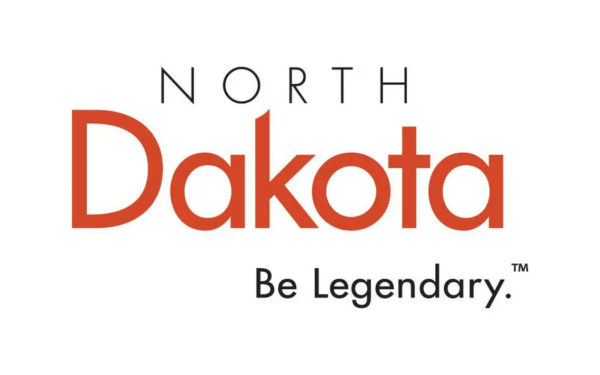No Working Parents Child Care Relief Pilot Program Can Help with Workforce Needs
Earlier this year North Dakota announced the new Working Parents Child Care Relief pilot program. The program involves employers, the State of North Dakota and parents, combining resources to maximize employer-sponsored child care benefits to offer financial relief for qualifying families.
Since the program’s inception in March 2023, 20 employers from across the state have opted-in to participate. In addition to assisting their employees, employers also benefit as the program serves as a vital resource in the recruitment and retention of workforce.
North Dakota hopes to assist up to 1,000 families and to learn more about what works and how best to move forward with additional policy solutions.
Addressing North Dakota’s child care needs through public-private partnerships is key to expanding workforce participation and creating healthy, vibrant communities.
The Working Parents Child Care Relief Program is open to any North Dakota business. Urban and rural employers, both large and small, are encouraged to participate.
Here’s How It Works
- Participating employers opt in and offer child care benefits to working parents at the $150 or $300 per child, per month level.
- Eligible working parents apply.
- Employers verify payment of child care benefits, and
- HHS pays a matching benefit directly to qualifying, participating working parents.
To qualify, working parents must work for a participating employer and have a household income at or below 150% of the state median income for a household their size. Their young children (birth 36 months) need to attend a North Dakota licensed child care program, and parents need to apply at hhs.nd.gov/WPCCR. Through the Working Parent Child Care Relief pilot program, employers can find a solution by being part of the solution. In addition to participating in the program, employers can help inform their working parents about the program by providing informative materials such as a handout in an onboarding packet, or by adding printed materials in common spaces such as breakrooms. Ready-to-use materials and additional information about the program can be found at hhs.nd.gov/wpccr/employers.
88% of employers report child care benefits help boost productivity.
86% of employers say child care benefits have a positive impact on talent recruitment and retention.
83% of women and 81% of men report child care benefits would be an important factor in deciding to stay at their current employer.
Source: care.com/business/wp-content/uploads/sites/5/2022/05/Care- for-Business Future-of-Benefits-Report 2022.pdf, 2022
Marshall Plan for Moms and McKinsey & Company, “The Business Case for Child Care: How Parent-Focused Employee Value Propositions Help Companies Win the War for Talent,” May 2022
"This program will help us support our employees that financially need it the most and is additionally being used for both recruiting and retention."
Fargo Public Schools Human Capital Officer Dr. Jeff McCanna
North Dakota | Health & Human Services
Learn more at www.hhs.nd.gov/wpccr
Preventive Care: A healthier workforce, a happier bottom line
Boost productivity and save money by encouraging preventive care among employees
Preventive care includes cancer screenings, immunizations, and checkups. Only 8% of us get routine preventive screenings which are covered at no cost in most health insurance plans. Employers, especially those with self-funded plans, see that missed preventive care can eventually increase insurance premiums for everyone. Care costs for those with chronic conditions can be 10 times higher than those without. Check out the example below of two employees-one who get preventive care and one who waits.
"If you ignore screenings and develop cancer, it can become a six-figure treatment plan with hospital time and surgeries."
- Dr. Greg Glasner, Blue Cross Blue Shield of North Dakota Chief Medical Officer
The hidden costs of unused preventive care
Employee 1
- Gets included no-cost routine wellness exam
- Doctor discovers blood pressure is a little too high
- Mitigates it through lifestyle changes like diet, exercise, quit smoking, etc
- Stay healthy and engaged at work
- Lower care costs for themselves and their company
Employee 2
- Skips routine preventive visits
- Diagnosed with hypertension
- Prescribed multiple expensive prescriptions and is at risk of hospitalizations, heart failure or stroke
- Misses work, is less productive and may even go on disability. In addition to higher health care costs, employers lose 28.2 million workdays annually due to functional limitations caused by chronic diseases.
- Increases premiums for everyone on the health plan
Sources: National Institutes of Health
How employers can encourage preventive care
A company with higher rates of chronic conditions will see more missed work days, lower morale and higher turnover. Many employers look for easy ways to promote preventive care:
- Have employees share compelling stories about using preventive care
- Give teams time off for getting yearly checkups
- Offer screenings or immunizations at your workplace
See more ideas for getting employees to use preventive benefits.


